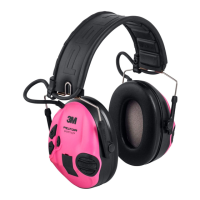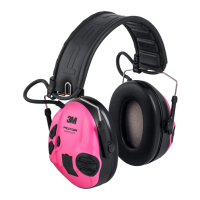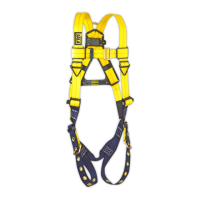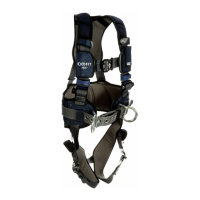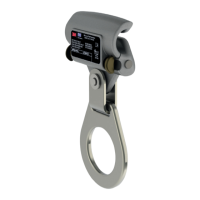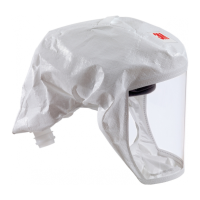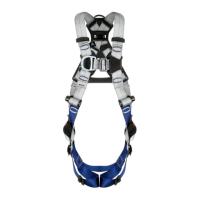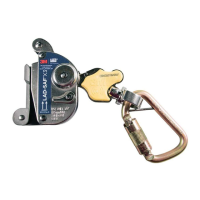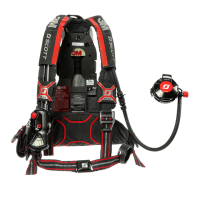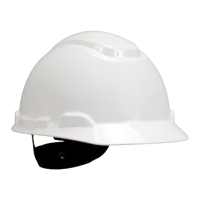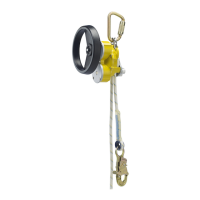To Optimise the eective lifetime of your
welding equipment and avoid the additional
cost of replacement, regular maintenance
is important. Replace all damaged parts
immediately to help ensure intended degree
of protection.
Below follows a general overview. For detailed instructions
and guidance, always follow the user instruction.
Before use
Check the system for damage and
replace parts if necessary.
1. Helmet and headband. Inspect for
cracks or any damaged parts. Replace if
needed.
2. Welding lter. Check that the sensors
are clean. Replace the battery if the
low battery indicator ashes or if the
indicators do not ash when the buttons
are pressed.
3. Protection plates. Ensure that your
welding lter is equipped with an outer
and inner protection plate. To help provide
the best possible vision, they should be
clean and without scratches.
4. Magnication. If you can’t see the
detail you need, try one of our magnifying
lenses, available in x1.0, x1.5, x2.0, x2.5
and x3.0 strengths.
5. Respiratory helmets: face seal. If
the face seal is damaged, there is a risk
that contaminated air will get inside the
helmet. Verify it’s in place and free from
splits and tears.
6. Respiratory helmets: breathing tube.
Conrm that the tube is undamaged and
not leaking any air. To extend the life of
the breathing tube, use a tube cover or a
heavy-duty breathing tube
After use
1. Clean the helmet. Wipe with a moist
tissue or cloth, both inside and outside the
helmet. If you suspect that the inside of the
breathing tube is dirty, it must be changed.
DO NOT rinse, immerse in water, or clean
with solvents.
2. Face seal and sweatband. Remove for
additional cleaning as needed and replace
if they have splits or tears or whenever they
become unhygienic.
3. Protection plates and visor plate. Clean
with a soft cloth and replace if any pits or
scratches occur.
4. Breathing tube. Replace if damaged,
deformed or leaking any air.
5. Storage. Store the helmet in a dry,
clean area away from direct sunlight, high
temperatures and solvents. Ideally use the
bag that comes with the helmet or similar.
What is listed above are basic needs. For detailed instructions and guidance, always follow the user instruction.
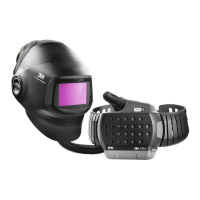
